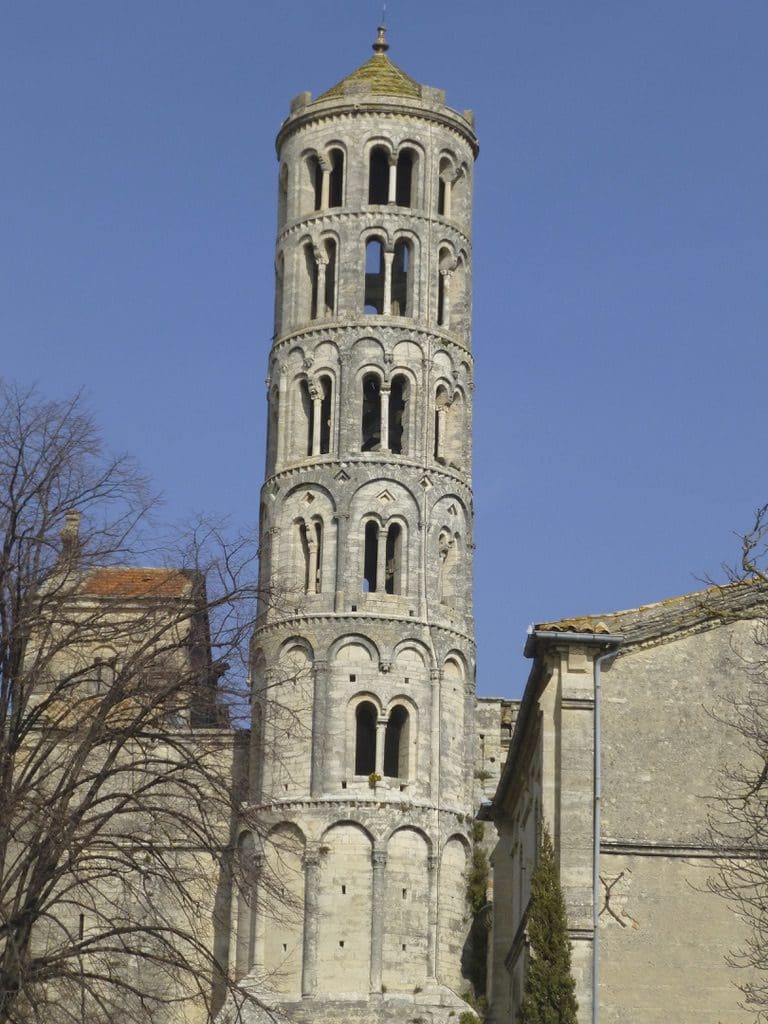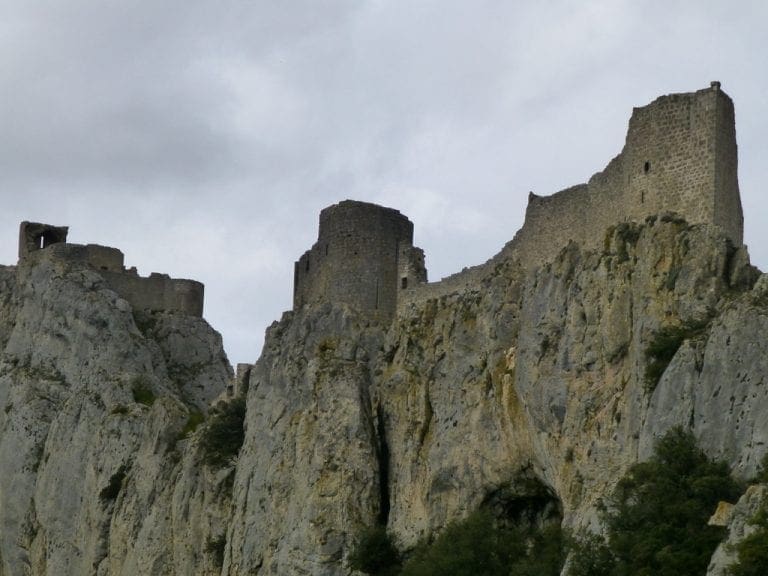I am Uzes
The title of duke of Uzès is the premier title in the peerage of France, coming right after the princes of the blood. The title of seigneur d’Uzès is attested in a charter of 1088. After part of Languedoc was attached to royal demesne (1229), the lords’ (and later dukes’) military skill and fealty to the Crown propelled their rise through the nobility, until, after the treason of the last Duke of Montmorency, beheaded in 1632, the title of First Duke of France fell to Uzès, who retain their stronghold in the center of town today, which has expanded round the 11th century Tour Bermond.
If France were a kingdom, it would be the job of the duke of Uzès to cry out, “Le Roi est mort. Vive le Roi!” at each state funeral, and defend the honor of the queen mother. Twenty-one dukes have been wounded or killed as hereditary Champion of France over the centuries.
The present-day town retains the trace of its walls as a circuit of boulevards. A Capuchin chapel, built in 1635 to house the mortal remains of the dukes, occupies the site of a 1st century AD temple dedicated to the first Roman Emperor, Augustus. There are monuments of the prestige of the former bishopric, once one of the most extensive of Languedoc, but extinguished at the Revolution, and private houses that witness the wealth that the textile trade brought in the 16th century. The town is also homes to three feudal towers, the Bermonde Tower (part of the château du Duché), the Bishop Tower and the Royal Tower.
The Cathedral was destroyed in the Albigensian Crusade, rebuilt, and destroyed again in the 16th century Wars of Religion. Rebuilt again in the 17th century, it was stripped out during the French Revolution. The 11th century Romanesque Tour Fenestrelle (“Window Tower”), with its paired windows, is probably the most famous icon of the city.
Uzes is famous in the area for its Saturday market as not only does it sell local produce but it also sells cloths of the region as well as plenty of tourist delights.
Like many cloth-manufacturing centers (Uzès was known for its serges), the city and the surrounding countryside were strongly Protestant during the Wars of Religion in the 16th century, which wreaked havoc in Languedoc. Numerous of the city’s churches were trashed and burned by furious Protestants: only two remain today.













